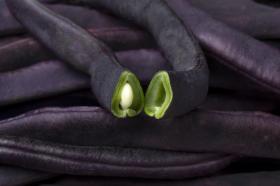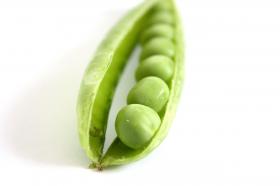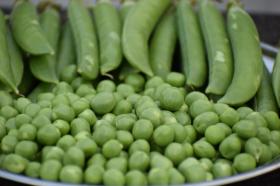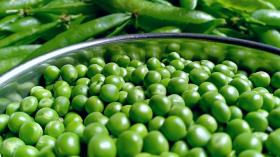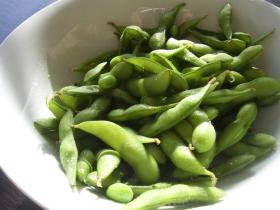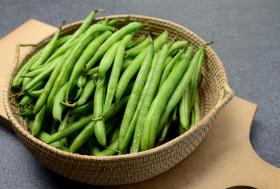
PEA PROGRESS NO 9, organic seeds, heirloom
Pisum sativum
Early variety. Plants grow up to 60cm, pods are 11cm long, delicious peas. American Heirloom.Can be eaten fresh but are the most suitable for freezing and canning. Peas are grown in moisture-retaining loam and clay soil.
Sow: III-IV
Harvest: VI-VII
Growing peas is easy and they are a delightful addition to any garden!
1. Choose the Right Pea Variety:
- There are various types of peas, including shelling peas, snow peas, and snap peas. Choose a variety that suits your preferences and growing conditions.
2. Timing and Planting:
- Peas prefer cool weather, so plant them early in the spring. You can also plant a second crop in late summer for a fall harvest. Plant seeds directly into the soil as peas don't transplant well. Sow seeds about 1 to 1.5 inches deep.
3. Soil Preparation:
- Peas thrive in well-draining soil with organic matter. Add compost or well-rotted manure to improve soil fertility. The soil pH should be slightly acidic to neutral.
4. Spacing and Support:
- Space the pea seeds 2 to 4 inches apart in rows, leaving about 18 to 24 inches between rows. Peas are climbing plants, so provide a trellis, stakes, or netting for support as they grow.
5. Watering:
- Keep the soil consistently moist, especially during flowering and pod development. Water at the base of the plants to avoid wetting the foliage, which can lead to diseases. Adequate water is crucial for good pea production.
6. Fertilizing:
- Peas generally don't require heavy fertilization, especially if you've prepared the soil with compost. If needed, you can side-dress with a balanced fertilizer when the plants are about 6 inches tall.
7. Mulching:
- Mulch around the pea plants to retain soil moisture, suppress weeds, and keep the soil cool. Mulching also helps prevent the peas from coming into contact with the soil, reducing the risk of diseases.
8. Harvesting:
- Harvest peas when the pods are plump but still tender. The ideal harvesting time depends on the pea variety. Shelling peas are ready when the pods are full but not overly mature. Snow peas are best when the pods are flat, and snap peas when the peas inside the pod are just starting to swell.
9. Succession Planting:
- To extend your pea harvest, consider succession planting every few weeks. This ensures a continuous supply of fresh peas.
10. Crop Rotation:
- Rotate the location of pea plants each year to minimize the risk of soil-borne diseases.
Packet 28 seeds


